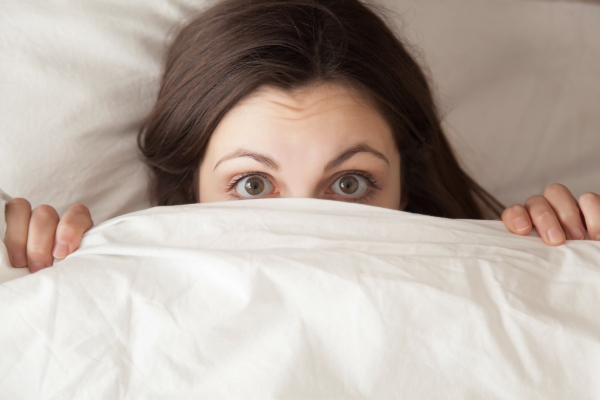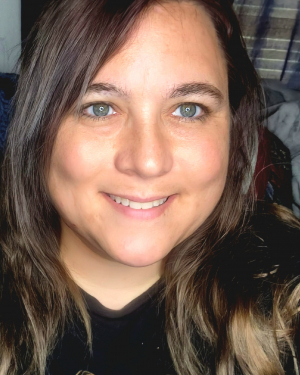No one goes into parenthood—adoption, step, foster, biological or otherwise—knowing exactly how it will go. Even veteran parents who have their act together and can be amazing resources for newer parents can be thrown for a loop. So it should come as no surprise to anyone, least of all myself, that my journey as an adoptive parent has changed dramatically over the years.
As we come around to our tenth anniversary of having children in our care, I’ve started to sift through the detritus of my broken hopes and dreams and pick out the pieces that are still worth holding on to. It’s very much a mixed bag. My expectations of what foster care would be versus reality is very different.
Much like a child, I divided the world as I knew it into “right” and “wrong.” The caseworkers who played a part in placing children into foster care were right. At the time,I thought, “Obviously, the kids should stay with us instead of going back to their biological parents because we are clearly superior parents.” Then I got into the adoptive and foster care community and little by little my beliefs about the whole process became subject to debate.
It’s strange to realize that changing beliefs can signify growth. For instance, I realized very early that having kids living with me was very different from babysitting or having younger siblings to care for. I am the oldest of six and I thought, “I could raise a few kids easy peasy lemon squeezy.” No. No Ma’am. I had no idea. They never leave. I was and am their childcare provider, chauffeur, bookkeeper, personal chef, cleaner, and part-time educator (mad props to the people who teach them the rest of the hours because that’s a whole other thing).
The fundamental difference (besides the 8,000 people tromping through my house at any given point in the month to check on the kids’ welfare and occasionally my own, the weekly parent visits with biological parents, counselor visits, and specialists which should not have come as a surprise but somehow seemed to sneak up on me regardless) is the fact babysitters and big sisters aren’t ultimately responsible for the child’s everything. Like, I probably did an above-average amount of child care as a big sister and nanny, but at the end of the day, I could go home. Or, in the case of siblings, I wasn’t lawfully responsible should one of them tumble and bruise their elbow.
I didn’t realize just how much needs to be done for other people when your main objective isn’t just feeding them dinner and playing with them/keeping them entertained until an adult takes over. I didn’t have anyone else to look to and ask permission if the kid wanted chocolate milk or pizza for breakfast. That seems obvious on the surface and certainly is from the outside looking in. But the reality of “oh, this is our life now” smacked into my head like a cartoon piano the second the caseworkers left my house that first day.
More concretely, I used to think birth families were unforgivable monsters who deserved to lose their kids. I probably wouldn’t have ever worded it out loud like that to anyone, but the media I consumed up until then had primed me to view birth parents in a not-great light.
I’ll be honest, I still struggle to understand how or why much of what happened to my kids happened. But now I understand there were circumstances out of people’s control that led to the situation our kids were in. Not always, but more often than you’d think.
I used to think adoption was the best-case scenario for kids from hard places. Then I read about orphanages where kids receive very poor care and trauma. It wasn’t until I read the opposite side of the story from where I was standing as a potential adoptive mom that I began to feel differently about how abuse, neglect, and “best” were framed.
I love my kids more than I can even find words. I don’t have empirical evidence, but I don’t think I could love a biological child more than I love my adopted kids. I used to think if I just kept pouring that love over them, along with stuff we learned in training, the information we gleaned from counselors and the right series of interventions, and boom, our kids would turn out to be great. It turns out that even if you take every precaution, bad things can still happen. Kids can still carry scars from their past despite the best of intentions and hopes.
I think, for some families, in limited situations, adoption is the best scenario available. The best would always be, I think, a biological parent who is physically, mentally, and emotionally capable of being a safe person is the ideal. I don’t think adoption should be the first option. Some parents don’t want to be parents. They might be making the best possible choice in a difficult situation for their child by allowing them to be adopted. I don’t think it’s as black and white as all that. Some adopted kids thrive in their adoptive homes and want nothing to do with their biological families, and others might ask to visit their biological families early on. Every child and every family is different. What I know now for certain is that the institution of child protective services and adoption are more complicated. Each circumstqance should be evaluated through the lens of compassion and not judgement.
More of Foster Care and Adoption:
Celebrating Reunification in Foster Care

